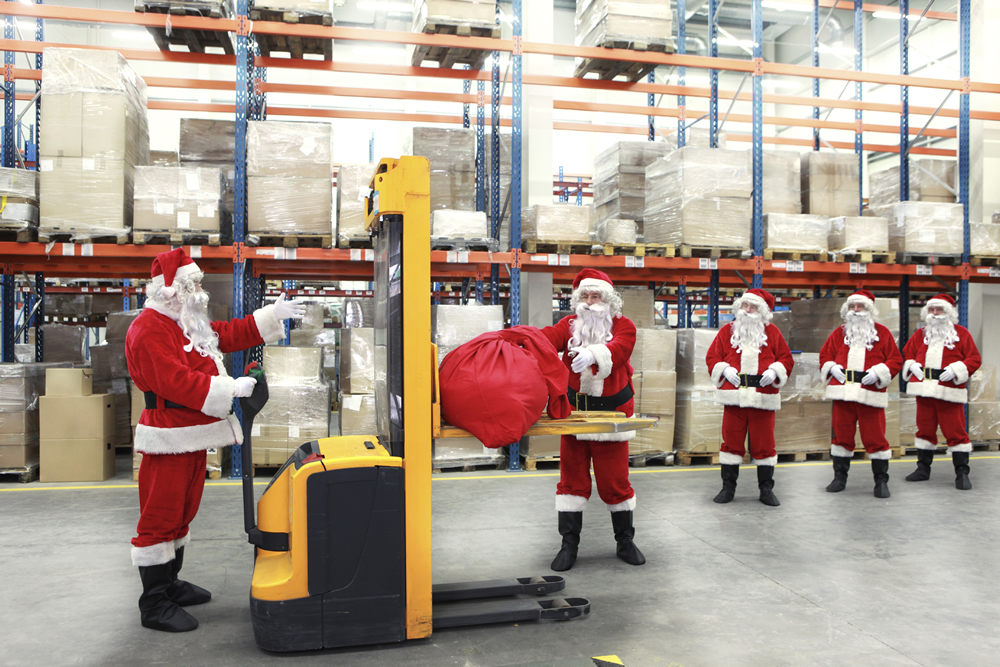The holiday shopping season may look a little different this year, especially as consumers make more purchases online during the COVID-19 pandemic. In response to the annual influx of orders, employers may hire seasonal workers to assist.

If so, they should keep in mind all new employees, even if only seasonal and temporary, must prove employment eligibility by completing the I-9 form and providing evidence of their identity and employment authorization.
Steps for Hiring Seasonal Workers
Here are some helpful tips for employers that plan to hire seasonal workers:
At time of hire. Employees must complete Section 1 of the I-9 form at the time of hire, which is the first day they start to work for pay. They may complete Section 1 before the time of hire, but a job offer must be extended and accepted first. Among other things, Section 1 requires them to affirm their employment authorization status.
Within 3 business days. An employer must complete Section 2 of the I-9 form and the corresponding verification process within 3 business days of the date employment begins. The process includes the employees presenting the employer with original documents evidencing their identity and employment eligibility. You must allow them to choose which papers to offer from an acceptable list of documents included with the I-9 form.
Although employees are always entitled to 3 business days to produce the admissible documents, you may ask new hires to bring acceptable I-9 records on the first day of employment for quicker and easier completion of the verification process.
Hired for 3 or fewer days. If employees are hired for 3 or fewer days, they must complete the I-9 process no later than the first day of employment. They don’t get the usual 3 business days to produce acceptable documents proving their identity and employment authorization.
Continued employment. In certain situations, seasonal employees may not be considered as new hires but rather as continuing their employment. In such circumstances, you may rely on an existing I-9 form.
Whether the employee is continuing employment versus being hired is determined based on the facts surrounding the situation. We encourage you to reach out to legal counsel if you believe one or more employees are continuing employment.
E-Verify’s impact. If your business uses or is subject to E-Verify, you must ensure seasonal employees are verified through the program, as applicable. Certain states may allow exemptions from E-Verify’s mandatory requirements for seasonal workers.
I-9 form retention period. You must keep I-9 forms for the full period of employment. If an employee is terminated, the retention period is 1 year after the discharge date or 3 years after the date of hire, whichever is later. In other words, I-9 forms for employees who work for less than 2 years must be retained for a total of 3 years after the date of hire.
Bottom Line
Remember to remain consistent in the I-9 form verification process and practices and treat seasonal employees as you would all other employees.
KoKo Ye Huang and Asasia Pierce are attorneys with Perkins Coie LLP in Seattle, Washington. You can reach them at KoKoHuang@perkinscoie.com or APierce@perkinscoie.com.
